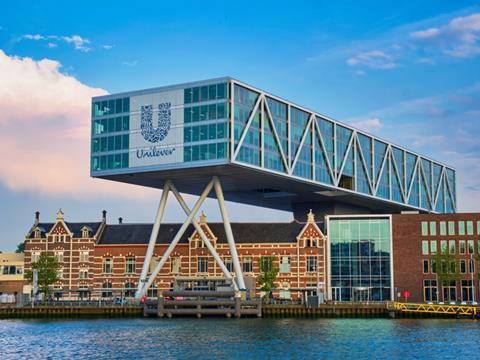
Last year, we reported on Unilever and PepsiCo revising their packaging sustainability targets downward. Neil Osment, Managing Director of packaging market research company NOA, explores the barriers that have prevented major brand owners from meeting these goals—and offers advice on how to overcome them.
Unilever, PepsiCo and Colgate-Palmolive – these are just three big names among the many brand owners who want to ‘do the right thing’ by reducing the amount of plastic in packaging, but have struggled so far to meet their targets.
We hear on an almost daily basis about innovations in packaging, ranging from clever fibre-based composite packs through to seaweed or potato starch-based barrier coatings – indeed, we published a well-received report last year on this very subject, looking at alternatives to plastic packaging formats using alternative, fibre-based packaging - so what is getting in the way?
To make significant changes takes time, and well-intentioned brand owners appear to have underestimated this. What have been the roadblocks to plastic substitution?
First comes the innovation stage; then the product has to be trialled; and then consumers have to approve the new packaging being pioneered.
Having gained consumer approval, almost certainly the new packaging won’t be compatible with existing the packer/filler’s machinery, so capital approval is needed. That, of course, is assuming the machinery to create the product exists already (because in many instances, new machinery is needed in order to handle new non-plastic format packaging specifications). If it doesn’t, then the new equipment needs to be pioneered first.
Typically this process – design, innovate, trial, approval, production – can take two to five years, if not longer.
The plastics industry itself took 20+ years to design and finesse those really effective packaging solutions that we see today. It’s a big ask to find alternatives that match up to plastic (but which are much more environmentally acceptable), in double quick time!
So what is the solution?
One way to accelerate the process is through the creation of technical user groups, collaborative teams or piggybacking on initiatives started up by industry trade bodies.
For example, a group could be created just for brand owners to share best practice; another might be a technical user group for packaging suppliers; a third might be a cross-functional team from several interested companies in the supply chain.
These groups might include suppliers into retailer own label brands, sharing insights, possibly working together over development costs and benefitting through shared learnings.
What we are suggesting in effect, are ‘self-help groups’ to fast track this cycle of design, innovation, trial, approval, production, through to an effective and practical finished product.
Being more collaborative, with the common goal of satisfying both consumer demand for less plastic in packaging, and adhering to pressure from government for less plastic, are key factors for meeting important targets.
These groups would make good use of key statistics, learn from case studies and explore the very best packaging options. In addition there is scope for ‘self-help’ by running workshops, engaging with informative webinars and sharing good practice via newsletters.
There is precedent for this model working successfully already. It comes from the digital printing market, where sales and volume hadn’t been growing, so technical user groups were able to help overcome any roadblocks with the speed of design and advances in production. These groups have been effective in helping OEMs make significant technical improvements and supporting suppliers of ancillary products to make ground breaking advances.
At NOA we are also now contributing to packaging user groups, and believe they can provide a viable solution where progress has become slowed down or delayed. The potential for plastic substitution is possible, but which brand owners, retailers and suppliers alike have found difficult to achieve to date, can be reached.
What if targets continue not to be met? Consumers will vote with their feet, and move away from branded goods over to own brand (or private label) versions. This exodus is already happening, thanks to the cost of living crisis.
Our message to all stakeholders would be, to win customers’ hearts and minds around reducing the reliance on plastic packaging, the answer is to think less about fending off competition and more about collaboration.
If you liked this story, you might also enjoy:
The ultimate guide to the Packaging and Packaging Waste Regulation in 2025
How are the top brands progressing on packaging sustainability?
Everything you need to know about global packaging sustainability regulation in 2025
The key to increasing the use of reusable packaging in supermarkets

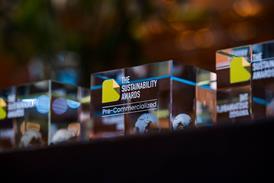

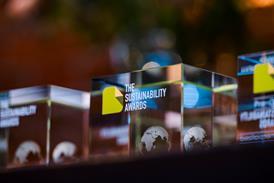
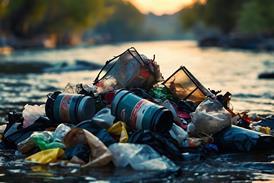
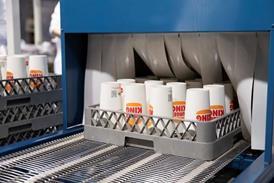












No comments yet